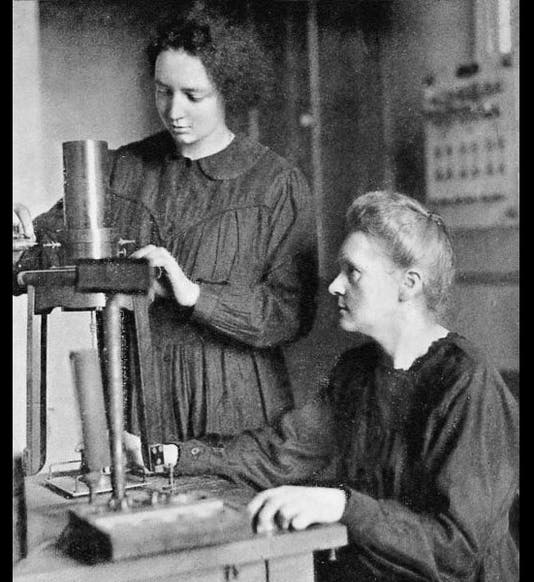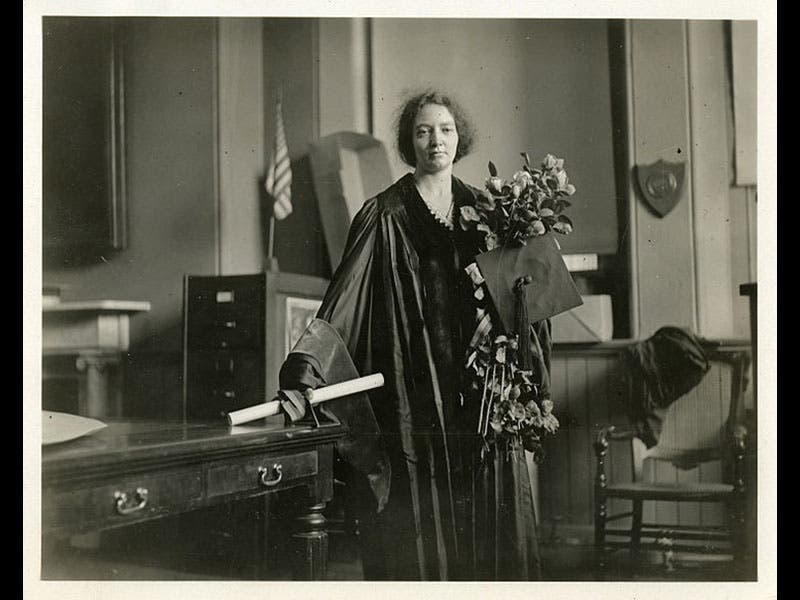Scientist of the Day - Irène Joliot-Curie
Irène Joliot-Curie, daughter of Marie and Pierre Curie, died on Mar. 17, 1956, at age 58. Irène followed the lead of her parents and specialized in radioactivity, and after World War I (in which she served as a nurse, manning primitive X-ray machines on the battlefield), she married a chemical engineer named Frederic Joliot. Together they pursued research into radiochemistry, and in 1934, they were the first to create artificial radioactive elements. They bombarded boron, aluminum, and magnesium with neutrons and created new isotopes of nitrogen, phosphorus, and silicon that were radioactive. Radioactivity was just beginning to be used for treatment in medicine, and the Joliot-Curie discovery made it possible to create such isotopes quickly and easily in the laboratory. Their achievement was immediately recognized as ground-breaking and led to what must be the quickest Nobel Prize in history, for they jointly received the award for Chemistry in 1935. We have the 1934 paper which led to the Prize in our serials collection; it is in the Journal des Physiques et le Radium, and it is one of the many journals that we acquired along with the Engineering Societies Libraries in 1995. Irène died of leukemia, which is usually attributed to her over-exposure to x-rays during the war, and to radioactive chemicals during her life of research.
The images above show Irène with her mother Marie in 1925; Irène as a child with her younger sister Eve; the 7th Solvay conference in Brussels in 1933, with Irène at front left and mother Marie at front right, flanking Niels Bohr; Irène and Frederick in the lab, 1935; and Irène in 1921, receiving an honorary degree on behalf of her mother. There are three more excellent photos at the Nobel Prize Photo Gallery website for the 1935 prize.
Dr. William B. Ashworth, Jr., Consultant for the History of Science, Linda Hall Library and Associate Professor, Department of History, University of Missouri-Kansas City. Comments or corrections are welcome; please direct to ashworthw@umkc.edu.











